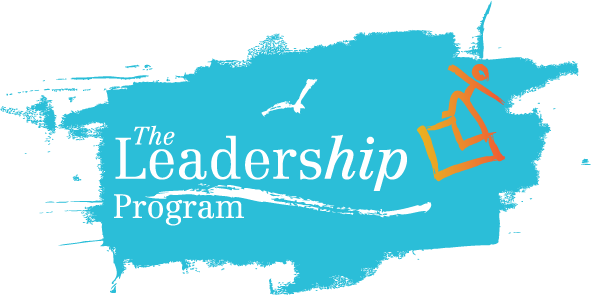We all know that conflict is a part of life. As educators, we know that this holds true throughout the school year. Conflict in schools comes in all shapes—among students, among staff, and between students and staff.
What about bullying? Is it inevitable that we have to deal with bullying behavior during the school year? Why do we hear about bullying prevention, while we speak of conflict in terms of resolution, not prevention? And what’s the difference between bullying and conflict anyway?
Let’s start with the definition of bullying. Bullying occurs when a person or group uses an imbalance of power to hurt, threaten or intimidate another person, often repeatedly over time. This dynamic can be exhibited through physical strength, school popularity, a position of privilege and authority, and several other ways. This is a key factor in identifying and preventing all types of negative behaviors.
Conflict is different. Conflict occurs when the interests, preferences, or desires of two or more parties clash, regardless of the power dynamics between them.
If, in the cafeteria, a popular student knocks your lunch over on a regular basis with their posse looking on or laughing if the coach repeatedly screams at you and calls you names when you miss a play, that’s bullying.
Equally serious is online bullying. It can be as harmful (or more so!) than physical or verbal bullying because it is relentless. If someone posts embarrassing images of you on their social media account—say a video of you getting your lunch knocked over that becomes a meme—that type of bullying is without reprieve. Anytime, anywhere, someone may be viewing and reposting your humiliation.
These are all serious actions that can negatively impact students. They need to be stopped and effective bullying prevention strategies need to be implemented.
In a non-bullying conflict situation, the parties can be peers. For example, two middle school students vying for the same role in the school play. Or the parties can belong to different cohorts. For example, a teacher wants her class to focus on today’s lesson, but the students are excited about their team winning the championship and want to talk about the nail-biter finish of the final game. Note that in both examples, neither of the actions are seen as negative or harmful.
The conflict occurs because the opposing desires of the conflicting parties can’t both be satisfied. Yet, without effective conflict resolution skills, the examples above could turn nasty pretty quickly, in one case leading to a physical altercation and potentially setting one group of friends against another. In the second case leading to escalating tension between teacher and students with angry verbal exchanges and a disrupted lesson.
Promoting the development of transformative social-emotional skills and equitable, anti-racist practices for the whole school community can go a long way toward both resolving conflicts peacefully and preventing bullying.
These skills don’t mean that all conflict will be eliminated. Rather, developing effective social-emotional skills and anti-bias practices means that fewer conflicts will escalate into long-term issues between parties or physical altercations. Because conflict is so prevalent in our lives, conflict resolution skills help us all to build healthy relationships among our classmates, colleagues, friends, family, and between students and adults.
Establishing healthy relationships and an inclusive, equitable school climate also helps prevent bullying of all types. Incorporating an effective bullying prevention approach is essential for maintaining this healthy school climate. When students feel safe in their school environment, they can freely express themselves without the worry of judgment.
As adults, we are in a position to model upstander behavior and to create an environment where respect and compassion are the norms. This can be done by creating strategies to counter negative actions, publicly support those who are being bullied, and explain that behavior that causes harm of any kind is not acceptable in our community.
Recognizing the difference between conflict and bullying and taking effective action to resolve the former and prevent the latter is sure to foster a thriving learning community in your school.



Comments [0]
Click here to read/write comments